Navigating Budapest's Public Transport System After Dark
When the sun goes down in Budapest, the city becomes absolutely beautiful. The bridges light up over the Danube and people spill out of the famous ruin pubs onto old cobblestone streets. The good news is that Budapest has one of the best night transport systems in Europe, so you can get around anywhere or back to your hotel no matter how late your night goes.
We've used Budapest's night transport many times, and honestly, it's better than most bigger European cities. You're never stuck somewhere after a late dinner in Pest or after spending hours at the thermal baths. The city runs 24-hour trams along the main boulevard, plus there's a huge network of night buses that go everywhere, even way out to the suburbs.
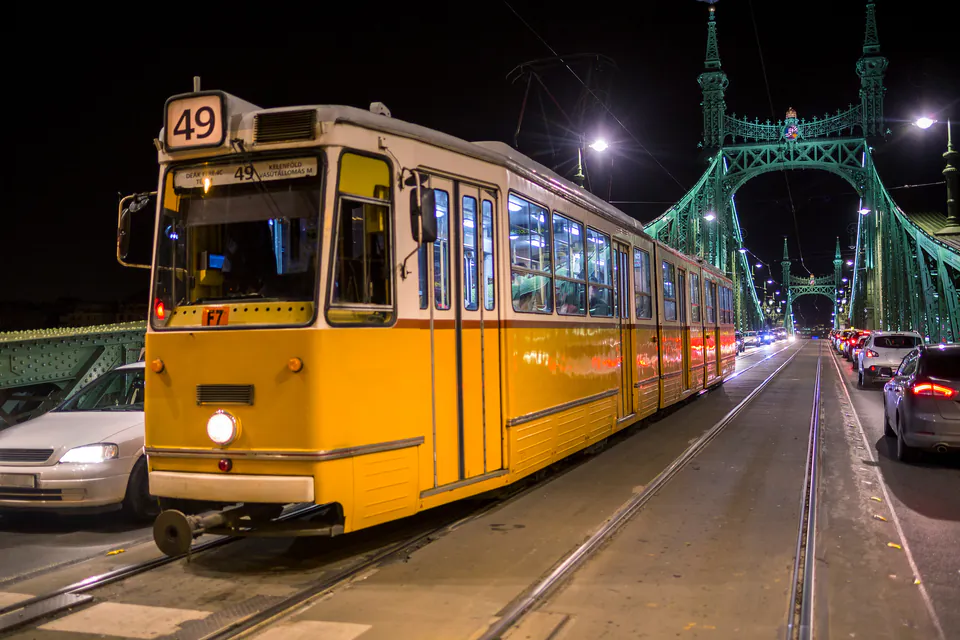
The Main Night Transport Lines
The whole night transport system basically runs on two tram lines that never stop. Trams 4 and 6 run all day and all night, every single day. They go along the Grand Boulevard (Nagykörút) and connect Buda and Pest through the most important parts of the city. These modern trams pass through Margit Bridge, Nyugati Railway Station, and Újbuda.
If you're staying anywhere near the Grand Boulevard, you're really lucky. This route goes through some of the best nightlife areas in Budapest. When we were exploring the ruin pubs in District VII last year, we could always catch one of these trams to get back to our hotel. They also work great if you're coming back from a late show at the Hungarian State Opera.
What makes Budapest special is that these trams actually run regularly all night long. We've never had to wait more than 10-15 minutes, even at 3 AM. Most European cities either don't have night transport or it's really unreliable, but Budapest keeps these trams moving.
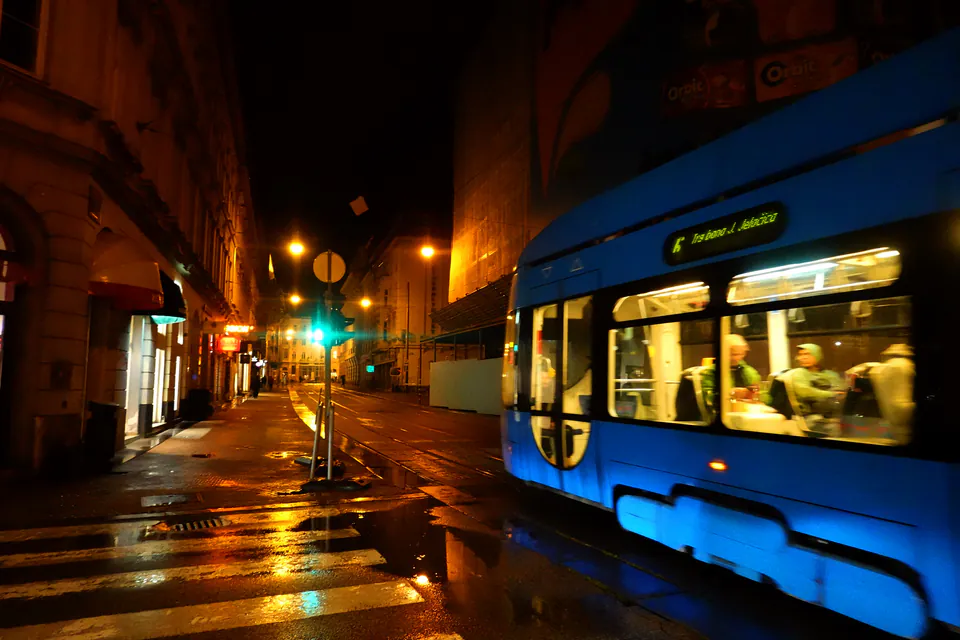
Night Bus Network
Along with the 24-hour trams, Budapest has 41 different night bus lines that cover the entire city. These buses start running around midnight and keep going until about 4 AM, when the regular day buses take over. They go everywhere, even to neighborhoods way out in the suburbs.
All night buses start with the number 9, which makes them super easy to spot. So you'll see buses like 901, 902, 903, and so on. The buses that go through the center come pretty often, maybe every 10-15 minutes. But if you're going way out to the suburbs, you might wait an hour between buses.
What we really like about the system is how well it connects. Most night bus routes meet up with the 24-hour trams, so you can easily switch between them. We discovered this when we were staying in a suburb and needed to get to a late dinner downtown. We took a night bus to one of the tram lines, then rode the tram right to where we wanted to go.
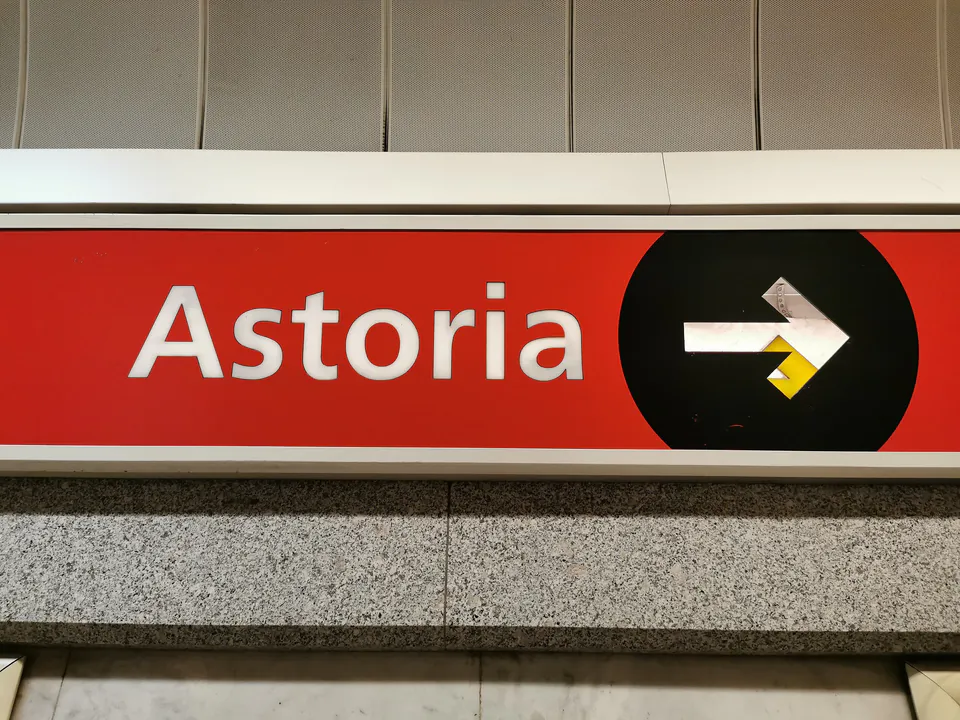
Main Connection Points
Budapest's night transport works around several big hubs where you can switch between different buses and trams. These spots are placed really well to make transfers quick and easy.
Astoria is probably the most important hub for night transport. Tons of night bus lines meet here, and it's right in the heart of Pest. Deák Ferenc tér is another major spot where lots of routes cross paths, and it's basically the center of Budapest.
On the Buda side, Móricz Zsigmond körtér and Széll Kálmán tér are the main connection points. These are really important because Buda is hillier and harder to get around, so having good connections makes a big difference. Blaha Lujza tér is another central spot, and Örs vezér tere is way out east but connects several lines.
The smart thing about these hubs is that the buses actually wait for each other. We learned this when we were rushing to catch a connection at Astoria. The bus we needed was still there even though our first bus was a few minutes late. This coordination makes it much easier to plan trips that need multiple buses or trams.
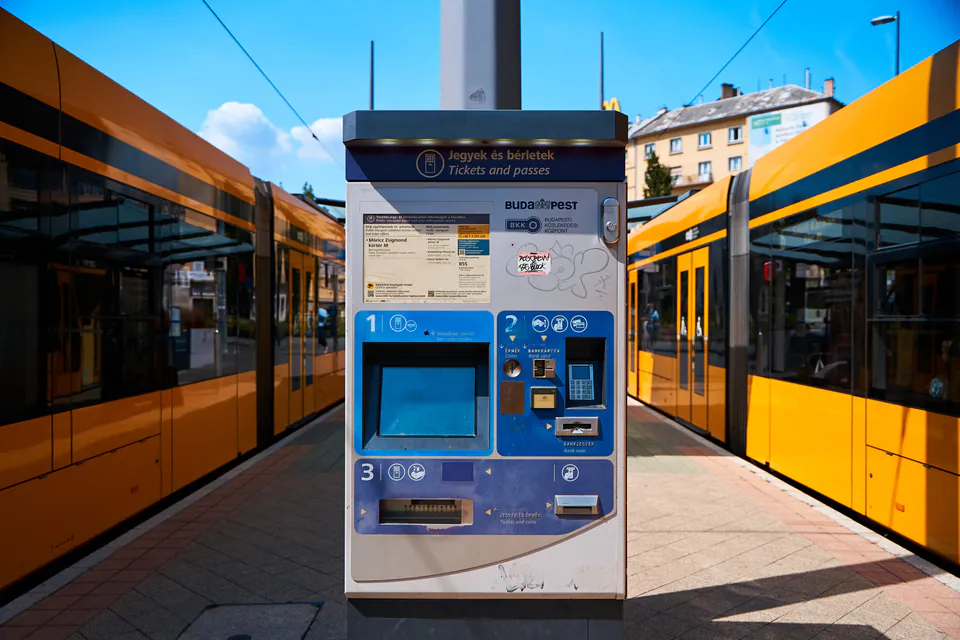
Tickets and Prices
One thing that makes Budapest's night transport really easy is that tickets work exactly the same way day and night. You don't need different tickets or pay extra money for night services, which is great because it keeps things simple.
Right now in 2025, a single ticket costs 450 HUF if you buy it from a machine or the BKK app ahead of time. All the same tickets, day passes, and travel cards work on night buses and trams. We always buy a multi-day pass when we visit Budapest because then we don't have to think about tickets at all, whether it's day or night.
If you're going way out to the suburbs, you might need an extension ticket, but most places tourists go are in the regular fare zone. We've never needed to buy extra tickets for any of our trips around the city.
The validation works the same too. You use those orange machines to stamp your ticket as soon as you get on, just like during the day. We always remind people about this because the fines are pretty steep if you forget to validate.
Night Transport Options Comparison
| Service Type | Operating Hours | Frequency | Coverage Area |
|---|---|---|---|
| Trams 4 & 6 | 24/7 continuous | Regular intervals | Grand Boulevard route |
| Night Buses | Midnight - 4:00 AM | 10-15 min (central), 30-60 min (suburban) | Entire metropolitan area |
| Metro | 4:30 AM - 11:30 PM | N/A at night | Limited to daytime hours |
Other Ways to Get Around
Sometimes public transport just doesn't work for where you need to go, or maybe you're in a hurry. Budapest has great taxi and ride-sharing options that run all night long, so you can always get door-to-door service.
Regular taxis are available 24/7, and there are some really good companies to call. City Taxi and Főtaxi are the two we always recommend because they're professional and don't try to rip you off. You can call them or use their apps to book ahead of time, which is perfect for early morning airport trips.
Ride-sharing has become huge in Budapest. Bolt is really popular here and works just like Uber used to. We use it all the time because the app shows you the price upfront, you can track your driver, and you don't need cash. Uber actually came back to Budapest in 2024, but they work with Főtaxi now, so it's still the same app experience but with local taxi rules.
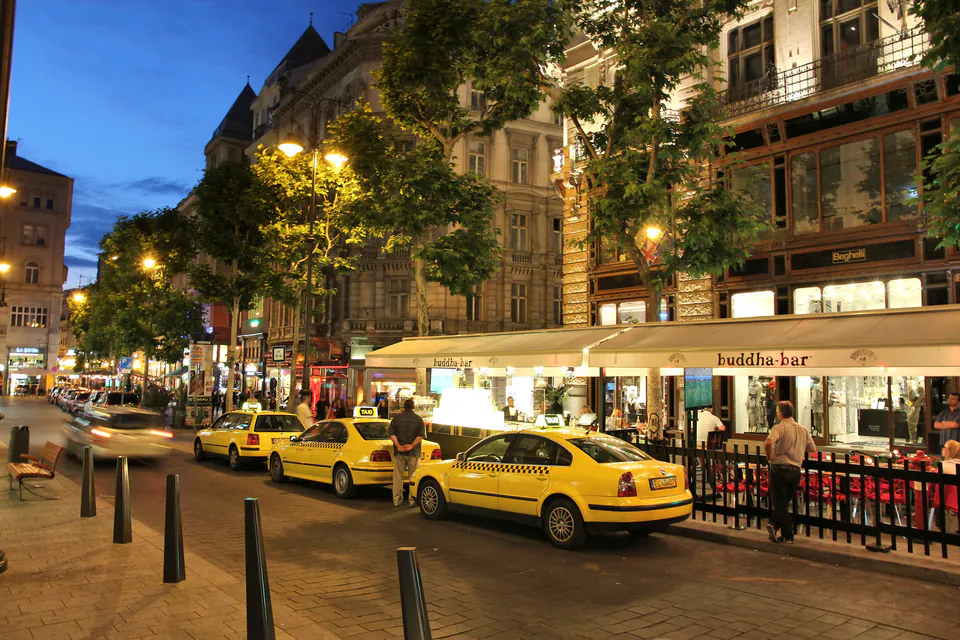
Staying Safe at Night
Budapest is really safe for night transport, but we always follow some basic rules to make sure everything goes smoothly. The city puts security guards on busy routes and keeps stops and stations well-lit.
When we're on public transport at night, we try to sit near the driver or in the front part of trams. Keep your stuff secure and pay attention to what's going on around you, especially on busy weekend nights when there might be drunk people around.
For taxis and ride-sharing, always use the official apps instead of getting rides from random drivers on the street. Locals call these street drivers "hyenas," and they'll usually try to overcharge you or worse. Official taxis have proper licenses and meters, and ride-sharing apps give you extra security because you know who your driver is and the trip gets tracked.
The main thing is to plan ahead and stick to official services. We've never had any problems using Budapest's night transport, and the city has a really good reputation for being safe compared to other European capitals.

Planning Your Night Trips
The best way to use Budapest's night transport is to plan ahead a bit. The official BKK website (bkk.hu) has all the schedules, maps, and real-time info you need. They have a whole section just for night transport with detailed timetables and maps.
We always download the BudapestGO app when we're in Budapest. This is the official app and it's amazing for planning trips at night. It shows you real-time schedules and tells you about any problems with the service. You can also buy tickets right in the app, which is super convenient when you're out late and don't want to hunt for a ticket machine.
Google Maps works really well too for planning night transport in Budapest. The transit mode knows about all the night services and gives you real-time updates about when buses and trams are coming.
When you're picking where to stay, think about how close you'll be to the 24-hour trams or the main transport hubs. We always try to stay near the Grand Boulevard because then we have access to those trams that never stop running. Or if you stay near places like Astoria or Deák Ferenc tér, you can get to pretty much anywhere in the city.
Helpful Tips for Night Travel
There are some tricks we've learned over the years that make using Budapest's night transport much easier. Night schedules are posted separately from day schedules at bus stops, so look specifically for the evening times.
Getting on buses works a bit differently at night. On single buses, everyone usually gets on through the front door only. This helps with security and makes sure everyone validates their ticket. On the longer buses with multiple sections, you might be able to use other doors, but there's always someone checking tickets at each entrance.
One cool thing about Budapest is that you can actually plan trips using multiple types of night transport. We once took a night bus to get to one of the 24-hour tram lines, then rode the tram along the Grand Boulevard to our final stop. It worked perfectly.
Just remember that night services don't run as often as day services. We always add extra time to our plans in case we have to wait longer for connections. It's better to get somewhere a bit early than to miss the last bus of the night.